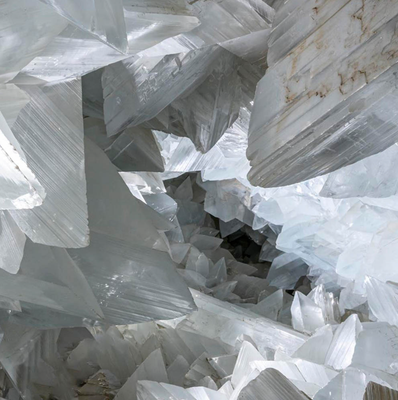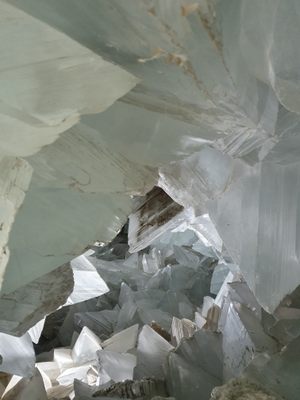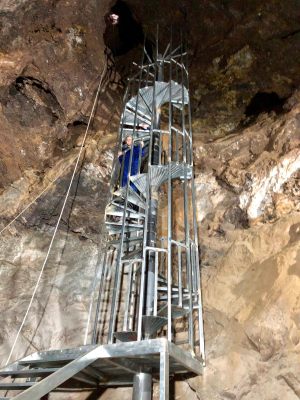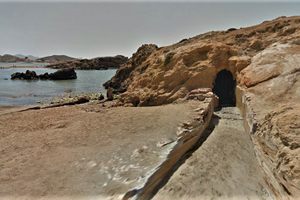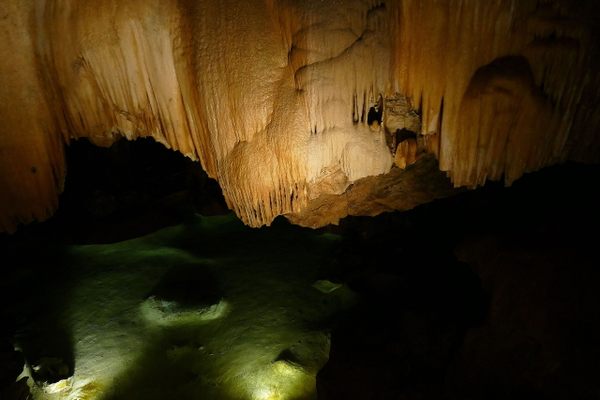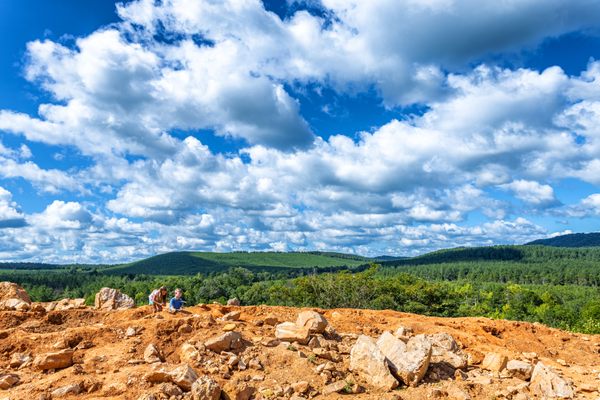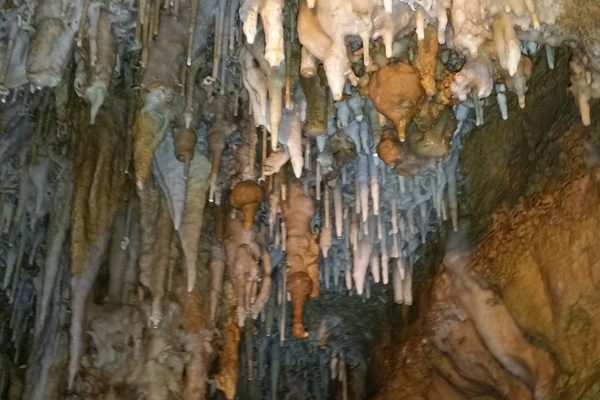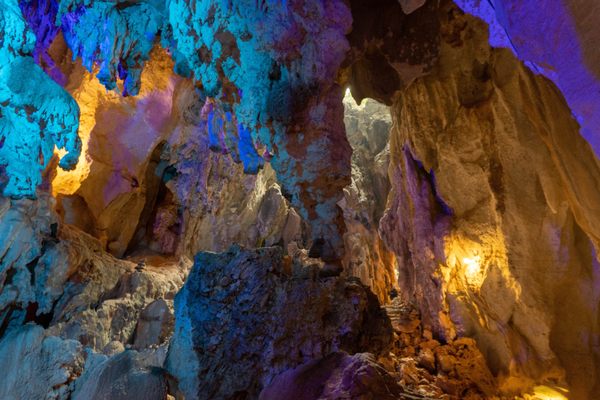About
Crawl down an abandoned mine shaft in the south of Spain and then descending farther still via a narrow staircase and you’ll find yourself in a magical world: a cavern filled with human-sized, sparkling crystals. This is the Pulpí geode, the second-largest known geode in the world.
The Pulpí geode sits 164 feet below Mina Rica, a silver mine on the coast of Almería that was abandoned in the 1960s. The natural wonder lying below the mine was discovered by geologists in 1999, and it took another 20 years before it was opened to the public.
Visitors who make the descent are greeted by walls covered with crystals, some close to seven feet long and so clear you can almost see through them. The geode formed from minerals in the cave, including gypsum and celestine. The process has been a very long one—at least 60,000 years—and it is still not fully understood by experts. Geologists also expect to find even more geodes as they dig deeper into the mine and surrounding areas
Related Tags
Know Before You Go
To visit the mine and the geode, purchase tickets in advance via the official website. You are required to wear a helmet (provided) and join a guided tour.
Community Contributors
Added By
Published
September 13, 2021
